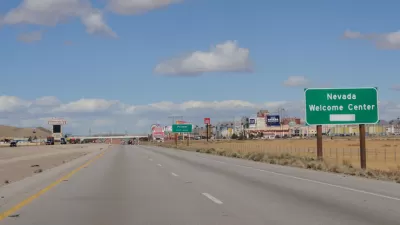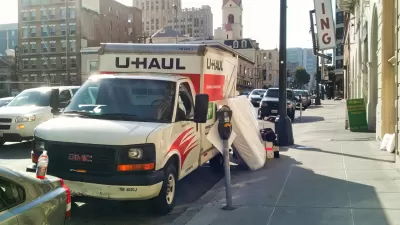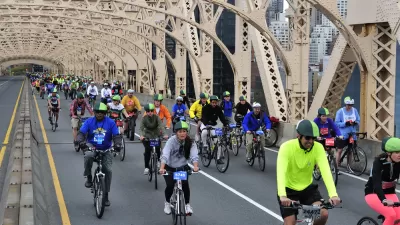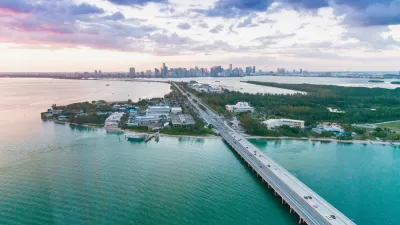A new post by Richard Florida distinguished between the two different types of migration—domestic and international—driving the influx of residents in urban centers around the country.

“While many metro areas are attracting a net-inflow of migrants from other parts of the country, in several of the largest metros – New York, L.A., and Miami, especially – there is actually a net outflow of Americans to the rest of the country. Immigration is driving population growth in these places. Sunbelt metros like Houston, Dallas, and Phoenix, and knowledge hubs like Austin, Seattle, San Francisco, and D.C. are gaining much more from domestic migration,” explains Richard Florida.
Among the maps and visualizations of the research findings, based on data released by the U.S. Census Bureau at the end of March, Florida breaks down the cities that are losing and gaining residents, and how:
- “The three largest metros – New York, Los Angeles, and Chicago – all lost Americans to the rest of the country. New York saw a net outflow of more than 100,000 from 2012 to 2013. Los Angeles and Chicago each saw a net outflow of roughly 50,000.”
- By comparison: “The biggest net gainers of domestic population were a mix of low-cost Sunbelt metros like Phoenix, San Antonio, Dallas and Orlando; energy centers like Houston; leading knowledge and technology hubs like San Francisco, Austin, and Seattle; and Nashville, with its thriving music scene.”
FULL STORY: Two Very Different Types of Migrations Are Driving Growth in U.S. Cities

Trump Administration Could Effectively End Housing Voucher Program
Federal officials are eyeing major cuts to the Section 8 program that helps millions of low-income households pay rent.

Planetizen Federal Action Tracker
A weekly monitor of how Trump’s orders and actions are impacting planners and planning in America.

Ken Jennings Launches Transit Web Series
The Jeopardy champ wants you to ride public transit.

How Project Connect Would Change ‘The Drag’
A popular — and sometimes deadly — Austin road will exchange car lanes for light rail.

Milwaukee Road to Get Complete Streets Upgrades
The city will reduce vehicle lanes and build a protected multi-use trail including bioswales and other water retention features on its ‘secret highway.’

Tackling Soil Contamination With Nature-Based Solutions
Los Angeles County residents and experts are turning to nature-based methods like bioremediation to address long-standing and fire-exacerbated soil contamination without resorting to costly and disruptive removal.
Urban Design for Planners 1: Software Tools
This six-course series explores essential urban design concepts using open source software and equips planners with the tools they need to participate fully in the urban design process.
Planning for Universal Design
Learn the tools for implementing Universal Design in planning regulations.
Ada County Highway District
Clanton & Associates, Inc.
Jessamine County Fiscal Court
Institute for Housing and Urban Development Studies (IHS)
City of Grandview
Harvard GSD Executive Education
Toledo-Lucas County Plan Commissions
Salt Lake City
NYU Wagner Graduate School of Public Service





























